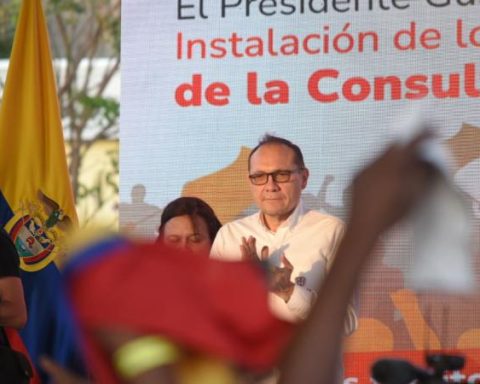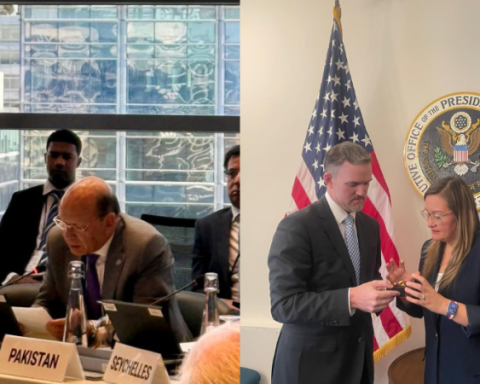
the study center Fedesarrollo did a review of the Quality of Life surveyof the Danefrom 1993 until the 2021. “The current health system has worked through insurance, so the EPS should continue with the functions that they have been developing. Instead of finishing them, you have to eliminate those that have problems”, assured Jairo Núñez, researcher at Fedesarrollo who participated in the study.
The entity made public 10 proposals to improve the system focusing on improving care in the regionskeep the financial sustainability and solve the problems of governance from the regular entity, which is the Ministry of Health.
(The risks of Colombian companies when requesting loans).
The first proposal seeks “design management models for the integration of comprehensive and integrated networks at the regional level with the help of the national government, the territorial governments and the EPS”.
The second proposition is a continuation of the first, because after having established networks, Fedesarrollo requests that the comprehensive care model and the model of Primary Health Care (APS) with a differential approach between the territories. Here they match Carolina Corcho, Minister of Healthin which the entrance door to the system should be a family doctor who is part of those care centers.
(Conservative Party and the U get off the health reform project).
Thirdly, it is mentioned that from the diagnosis of the networks it is necessary to “Design a hospital infrastructure and staffing program”. And it is added that it should be done “emphasis on remote areas, so that they can contribute and compete within the affiliated network, avoiding oversupply in some regionss”.
A fourth point is the implementation of human talent policies in health. Especially in remote areas. For example, Fedesarrollo proposes that a program of forgivable loans be created, with resources from royalties, for health personnel who remain in the peripheral areas of the country.
(Increase in spending hits health, but the sector remains).
The fifth gives options for the current system to be sustainable. It suggests “increasing the contribution rate of employees (going from 4% to 6% average, in a period of 4 years) and modifying it to obtain progressive rates; eliminate the ceiling of 25 minimum wages exclusively for health contributions; implement healthy taxes; evaluate the value of the UPC and design a UPC adjusted to different types of risk and that the direct transfer by the Adres is the exception and not the norm.
In proposal six, it is mentioned that it should be “design, implement and promote shared risk contracts with the provider, which include care pathways for patients with chronic diseases”. In addition, that the contracts are tendered to unite public and private loans.
As a seventh point, it is to strengthen the super health. “Greater independence and autonomy should be defined in the appointment of the Superintendent for four years and purify the EPS at the regional level”.
(Health reform: Liberals decided that they will not support the Government).
the eighth proposal It includes the need to attend to the determinants of health and that instances be established so that coordination is effective. Furthermore, it proposesmake an evaluation to define actions and spending on public health”.
The last of the proposals is that of “design and implement a public, interoperable and transactional information system that supports the proposed strategies and the results indicators of the networks, EPS, IPS, innovative shared risk contracts”.
Jairo Núñez added that a reform is not necessary to implement these proposals.
System has wide coverage
Fedesarrollo analyzed the Dane Quality of Life survey from 1993which was when the Law 100.
Based on this review, they mention that “it came from an affiliation of 24% at the national level, but at the rural level, the coverage was 7% in 1993. Today, the coverage is 94% at the national level, while at the rural level is 95%. Which leads to say that the rural gap has been closed”.
On the other hand, the consultation for prevention was also another of the figures that increased. Today, access to prevention in the lowest quintile, with the lowest income, is 59% and in quintile 5, that is, those with the best income, it is 77%. This has been maintained by underwriting.
CLAUDIA M. QUINTERO RUEDA
Journalist Portfolio















